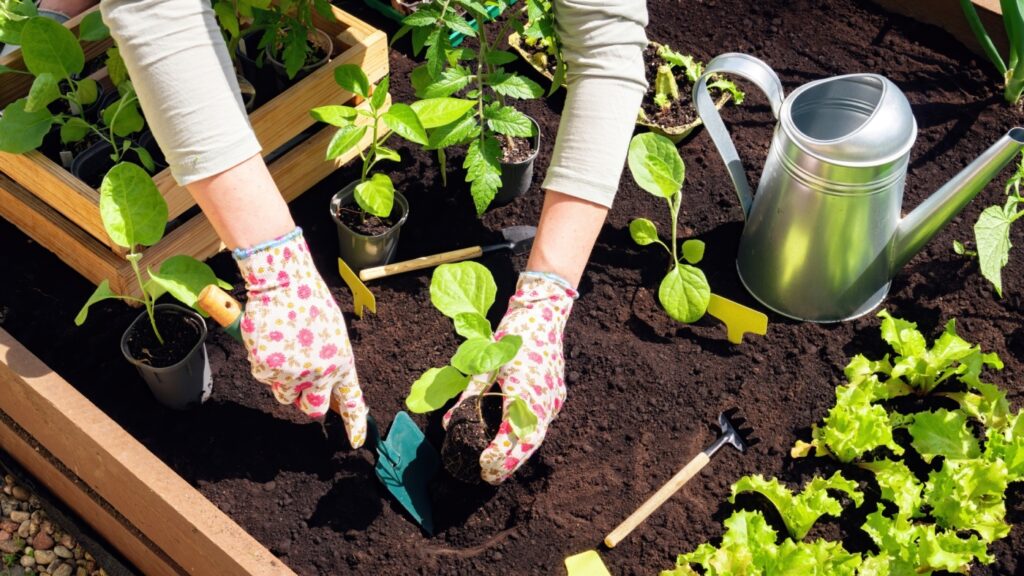
1. Be on the lookout for two noxious weeds that require extreme vigilance to remove them from the garden. The first is false garlic (Nothoscordum inodorum). Its flowers and foliage may fool you into thinking that they belong to some sort of desirable type of onion or garlic until you see the plant proliferate and defy eradication. The problem is the inordinate number of bulbs a single bulb may produce. Bulbs may be so small that you cannot see them so that when you remove a clutch of them underground, carve out an additional pocket of soil around them so as to make sure no more are present in that spot. The other defiant garden weed is nutgrass (Cyperus esculentus). It forms nut-like tubers and digging them up is one strategy for defeating them but you are likely to miss some tubers, since they grow down as far as 18 inches. However, if you consistently pull all nutgrass leaves as soon as they appear for several years, you will eventually starve the tubers.
2. Greg Alder (gregalder.com), a pre-eminent vegetable and fruit gardener in Southern California, advocates the use of a Cinch trap for taking care of a gopher problem. He promotes the use of traps in general since only by trapping a gopher can you be sure it’s gone. Other traps work but the advantage of this one is that a minimum of digging is required to set the trap. All you do is excavate soil at the top of the tunnel with a trowel and set the trap inside. A shovel is not needed. Alder enthuses that “the Cinch simply catches gophers more often” than other traps.
3. You can plant almost anything at this time of year as long as you make watering your top priority. The smaller the plant, the more attentive you need to be to its watering needs. Plants of any description growing in five-gallon containers or smaller should be watered every day for the first two weeks after they are planted. If you miss a single early morning watering, you may see your new plants burnt up by the end of the day. Mulch, of course, will give you a reserve of water in the soil that can be your plants’ salvation on extremely hot days at any time of the year.
4. Zucchini squash is one of the easiest plants to grow. Many of the fruits and vegetables we harvest in our backyards are smaller than the versions we see of them at the grocery store. Yet without even trying, you can grow zucchini fruits far bigger than the grocery models. Yet zucchini is tastier when harvested earlier in its development, at about the size you see it in the produce department, at the stage where you can pierce through its skin with your thumbnail. If you see no fruit on your zucchini or other squash early in the season, this is due to all the flowers being either male or female. Later in the season, flowers of both types are formed. “Zucchini Love” (Storey Publishing, 2023), by Cynthia Graubart, features zucchini in the 43 recipes found in the book.
5. The following crops are reliably grown by direct seeding in the garden now: bean, beet, carrot, cilantro, dill, leek, radish, spinach, sunflower, turnip. Tomato eggplant, pepper, collard greens, rosemary, and lavender are best grown from transplants. Those that grow reliably in the garden from either seed or transplants include corn, bok choi, chard, cucumber, fennel, lettuce, melons, basil, fennel, squash of all kinds, and pumpkin.
Send your questions and comments about plants and gardening practices to [email protected].
Related Articles
Gardening: After the rains, these colorful plants are blooming this spring
How much sun is good for ornamental plants? 5 gardening tips this week
What gardeners should know about this colorful flowering vine
What gardeners need to know about growing chili peppers
Why gardeners should consider planting trees resilient to climate change
